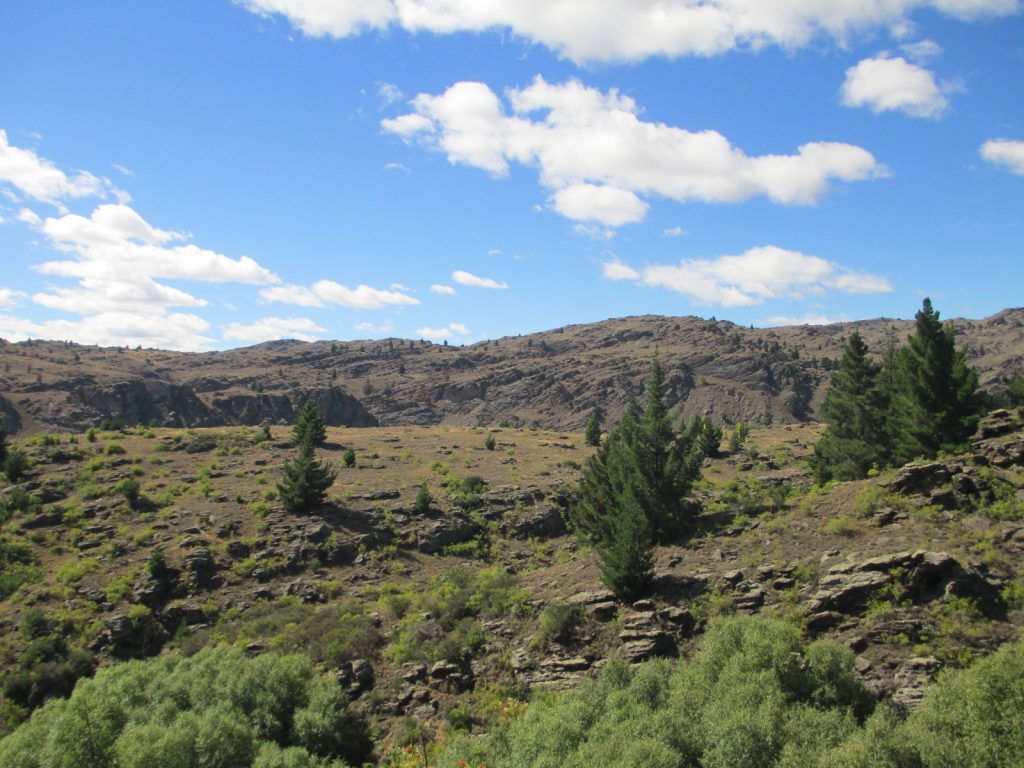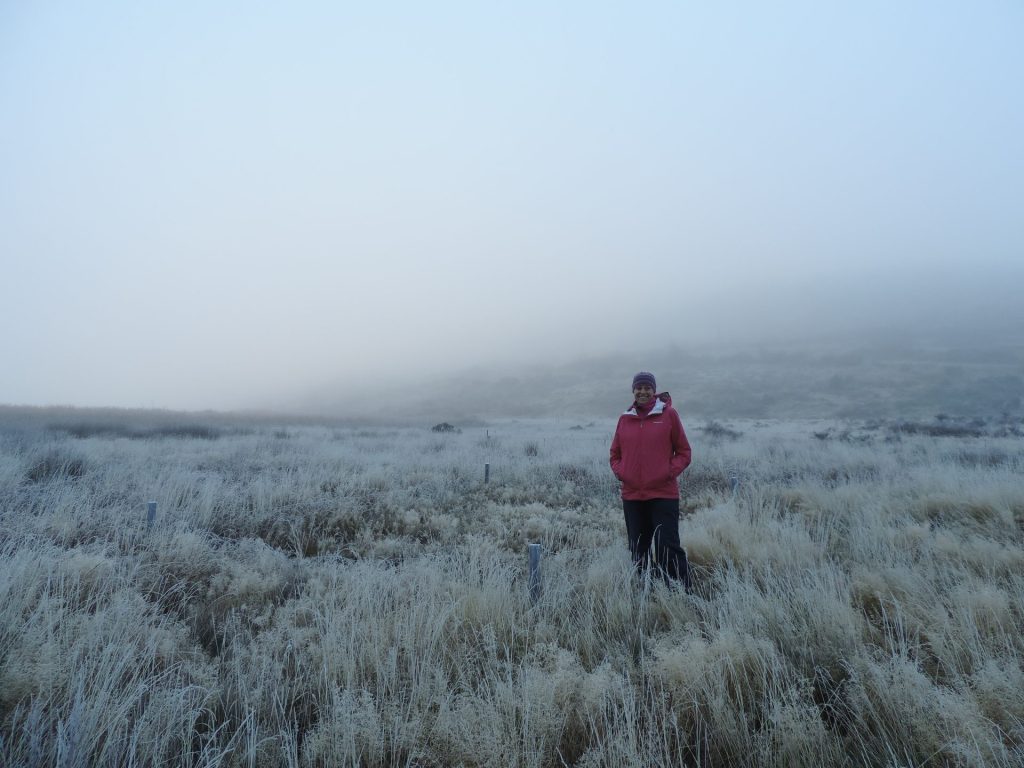New BioHeritage project: A horizon scan for weeds in Aotearoa
Controlling invasive species is an important part of biodiversity and conservation work here in Aotearoa New Zealand. While our focus in the past has been on invasive mammals and invertebrates, BioHeritage is funding a new project that will give researchers a head start on future weed invasions.

Invasive plants cause problems in the natural environment and in our production systems. From wilding pines taking over and changing native ecosystems to Chilean needlegrass infesting pastures, weedy invasives can be costly and difficult to manage. But because invasive plants have traditionally received less attention than other invasive species, there is still a lot of work to be done to understand weeds in the New Zealand context.
“The first step with a problem this big is to identify what we need to know,” says Jennifer Bufford, plant ecologist at Manaaki Whenua – Landcare Research (MWLR).
A PCE report on weeds that came out last year was a good start at identifying some of the gaps in New Zealand’s weed knowledge. One of these gaps is how the weed landscape will change in the future.
“With things like climate change, invasive species and the impacts that they have can also change,” says Jennifer. “For example, a species that can’t survive in much of New Zealand right now may be able to survive in a future where frost is less prevalent across the islands.”
To provide a clearer picture of what the future may hold, Jennifer and Angela Brandt (ecologist at MWLR) will be co-leading a BioHeritage-funded “horizon scan”, which will identify future needs in weed research.

“Horizon scans in conservation ecology and invasions globally have tried to identify new threats and challenges,” says Jennifer. “By looking to the future, we can proactively get ready for what is coming.”
The first phase of the project involves creating a set of scenarios that describe the socioeconomic and environmental landscape that Aotearoa could be dealing with in the next thirty years or so. To do this, an interdisciplinary team will investigate local and global trends that may impact plant invasions. Some of these trends, like climate change, will be fairly obvious while others will require some thought and insight to identify.
“Take Predator Free 2050 as an example,” says Jennifer. “It is an amazing goal, and we hope it’s successful. But if we succeed in getting rid of rats, which are seed predators, what impact might this have on plant communities? How might that change plant invasions? What do we need to know to prepare for that?”
The resulting scenarios will be presented to a group of plant invasion experts from a range of institutions. These experts will be asked what the impacts of a given scenario might be. They will also be asked what information is still required to make good predictions and develop helpful tools that would aid in weed management.
“We’re hoping that this insight allows us to set up research programmes now that prepare us to give good, constructive advice to managers when these scenarios arise,” says Jennifer.
Jenny Leonard
December 2022